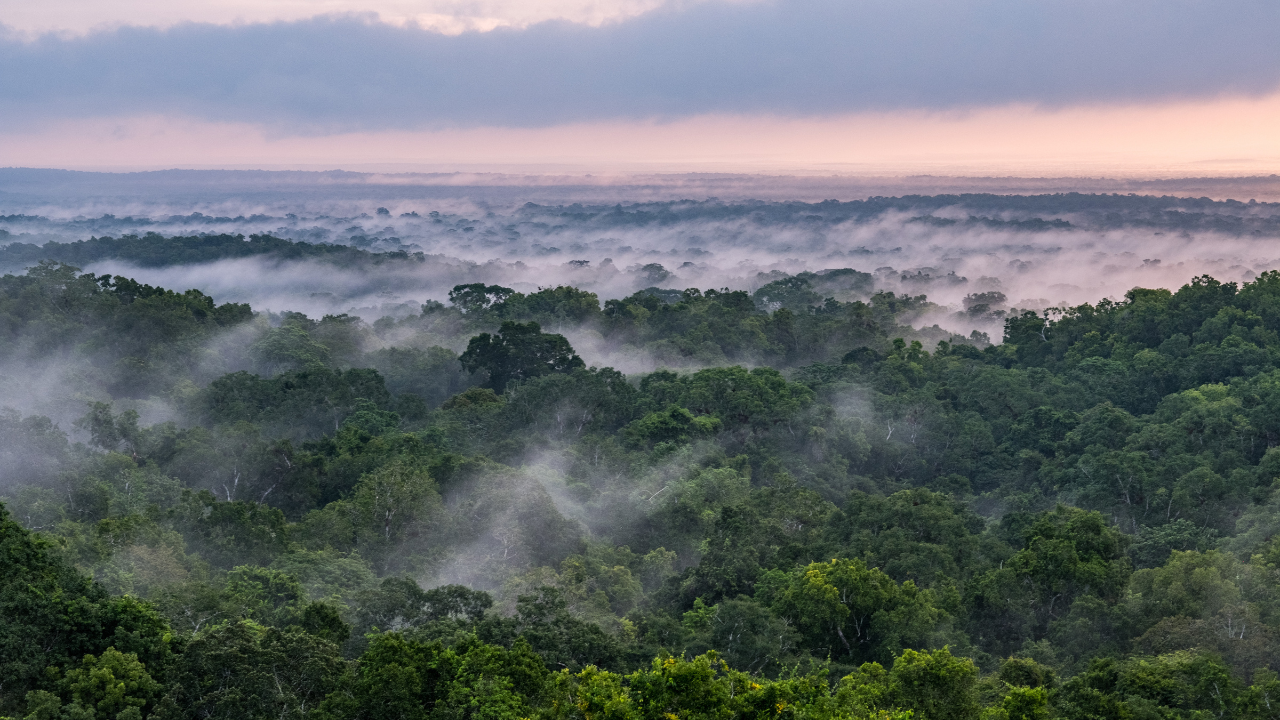Isrochairman S Somanath had told TOI ahead of the recent Gaganyaan mission that the Nisar launch could happen in the first quarter (Jan-Mar) of 2024.The mission aims to shed light on how changes in these ecosystems influence the globalcarbon cycle and climate change, a JPL statement said.
Gaganyaan mission: Launch of ISRO’s TV-D1 crew module aborted 5 seconds before lift-off
Upon its launch, Nisar will embark on a mission that involves scanning nearly the entirety of Earth’s land and ice surfaces every 12 days. With its advanced radar technology, the satellite will provide critical data to researchers, focusing on two types of ecosystems vital to maintaining the balance of greenhouse gases in our atmosphere — forests and wetlands — and thereby understand climate change better.
Forests and wetlands play pivotal roles in capturing and releasing carbon. Forests sequester carbon within the wood of their trees, while wetlands store it in their layers of organic soil. Any disruption to these ecosystems, whether gradual or sudden, can accelerate the release of carbon dioxide and methane into the atmosphere.
By tracking land-cover changes on a global scale, Nisar will facilitate the study of how these changes impact the carbon cycle, which encompasses the movement of carbon between the atmosphere, land, ocean, and living organisms.
Paul Rosen, the Nisar project scientist at JPL, said: “The radar technology on Nisar will allow us to get a sweeping perspective of the planet in space and time. It can give us a really reliable view of exactly how Earth’s land and ice are changing.”
Deforestation, accounting for approximately 11% of human-caused greenhouse gas emissions, is a significant concern for global climate efforts. Nisar’s data will contribute to a better understanding of the impact of global deforestation on the carbon cycle and its contribution to global warming.
Anup Das, co-lead of the Isro Nisar science team and an ecosystems scientist, said: “Globally, we do not understand well the carbon sources and sinks from terrestrial ecosystems, particularly from forests. So we expect that Nisar will greatly help address that, especially in less dense forests, which are more vulnerable to deforestation and degradation.”
Nisar will have radars in two frequencies, the L-band and S-band. The L-band radar will penetrate forest canopies, offering insights into forest density as precise as a soccer field. This technology will track changes in forest coverage over time, potentially identifying causes such as disease, human activity, or fire.
Nisar will also play a crucial role in the study of vast rainforests in regions like the Congo and Amazon basins. This satellite data will help improve the understanding of deforestation, forest degradation, and forest growth, supporting countries transitioning toward more sustainable practices and reducing carbon emissions.
JPL further said Nisar will provide vital data on the motion of the land, aiding researchers in understanding the dynamics of geological events such as earthquakes, volcanic eruptions, landslides, subsidence, and uplift.
Additionally, it will monitor the movement and melting of glaciers and sea ice, providing invaluable information for climate and environmental studies
